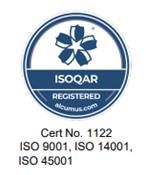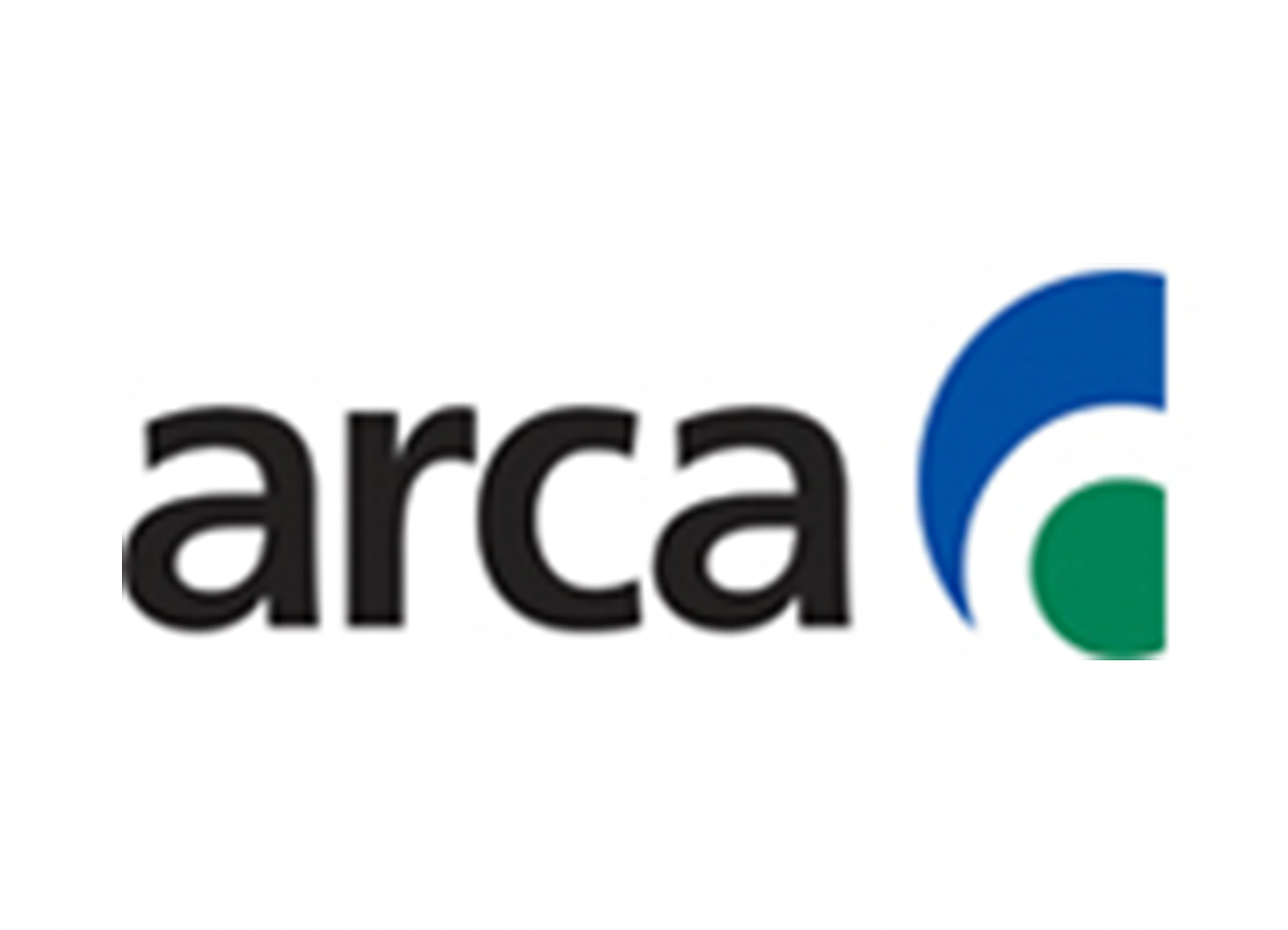Asbestos Removal Services For A Safe Environment
VIEW ALL OUR SERVICESAsbestos Removal Specialists
We provide a professional asbestos management service and offer independent advice together with the provision of solutions to all problems arising from the presence of asbestos containing materials in buildings.
We have a wealth of experience in asbestos management. Our in-depth knowledge with over 30 years of experience in asbestos abatement and consultancy ensures that we can offer a fully comprehensive service and provide a solution to your problems.
Our Industry Leading Services
Our experienced management and operative teams can create asbestos abatement packages suitable for any solution.
Asbestos Removals |
Asbestos Surveying |
Asbestos Sampling |
Asbestos Waste Collection |
Asbestos Management
Why Choose Grade 3?
Established
We have been established since 2002 and after starting with only two employees we now have a national workforce in excess of 30 employees.
Experienced
We have a wealth of experience in asbestos management with over 30 years’ experience of asbestos abatement and consultancy.
High standards
We pride ourselves on delivering outstanding levels of asbestos management and we are a licensed asbestos removal company.
Book an asbestos survey today
Contact us on: 01482 330 525 or at: info@grade3ltd.com
Bendel House, Temple Street
Kingston upon Hull, HU5 1AD
Business Hours
- Mon - Fri
- -
- Sat - Sun
- Closed
Contact us on 01482 330525 or at info@grade3ltd.com

Cookies & Privacy Policy
Webiste by
Infoserve



















